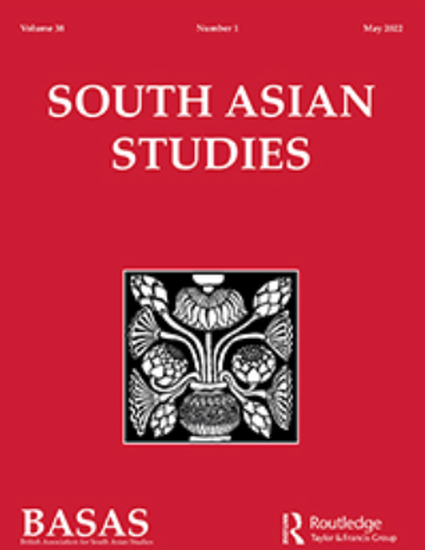
In colonial India, the elephant was embraced by the British as a military asset, as well as for the symbolic value it held as an insignia of royal power, drawing upon a body of cultural practices sustained by the ruling elite. At the same time, the circulation of elephants along imperial circuits as they began to be traded and exhibited in menageries and traveling circuses brought them into a different exhibitionary order, that nevertheless kept alive an element of Oriental pageantry. Ubiquitous in colonial imagery of nineteenth century India, the elephant also featured prominently in parables of vision such as the widely circulated folktale of the ‘blind men and the elephant’ or the phrase ‘seeing the elephant’, which acquired traction in the mid-nineteenth century, as a sight worth beholding. This paper explores the visual consumption of the elephant in an economy where it was exhibited to be seen, and the spectacle of the animal, both dead and alive predominated. It identifies a repertoire of visual practices fashioned around ‘elephant seeing’ that negotiated attitudes to the animal world and spoke to an imperial subject who saw in the animal, a representation of the colonial world and its resources serve at its disposal.
Available at: http://works.bepress.com/niharika-dinkar/39/
